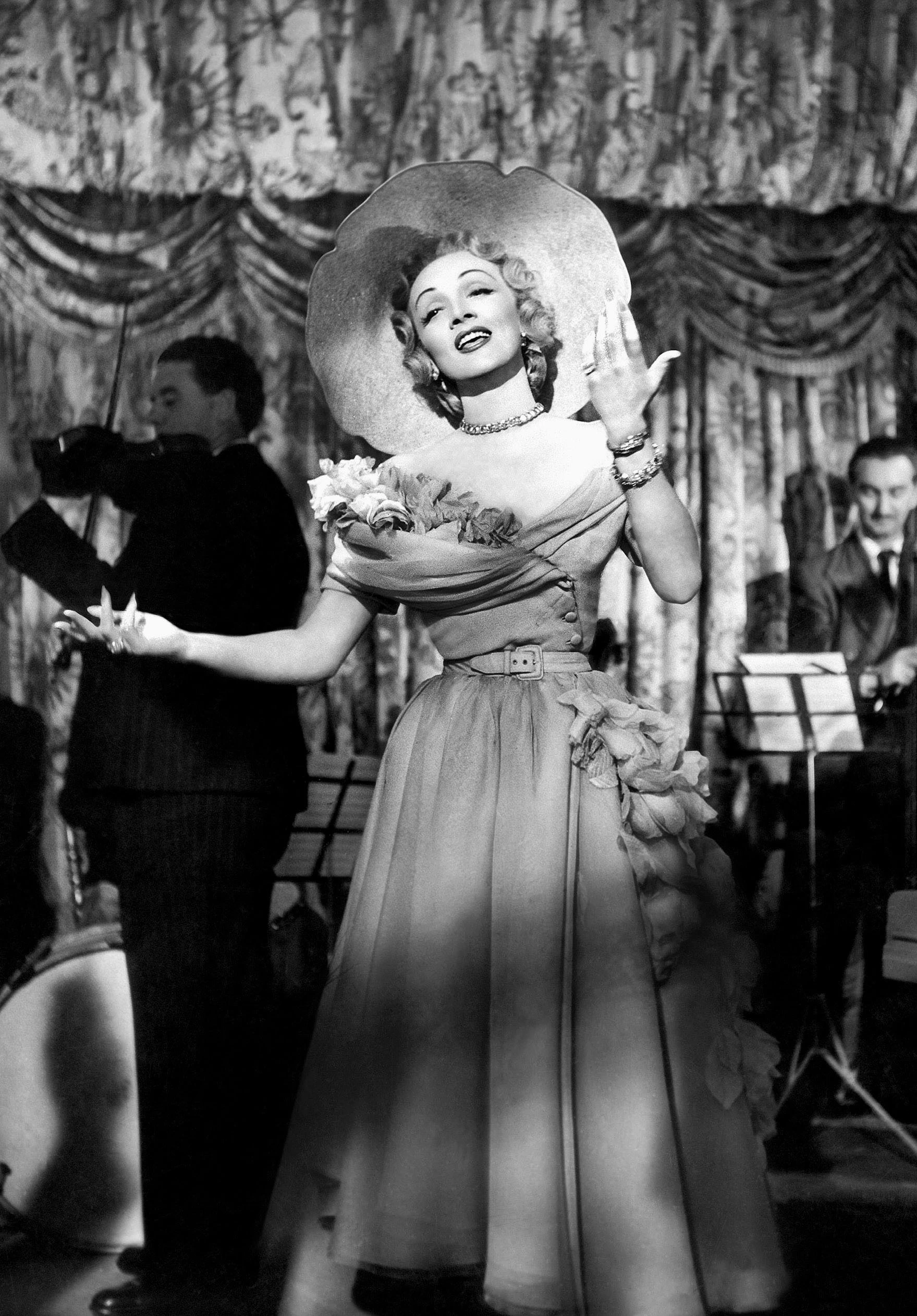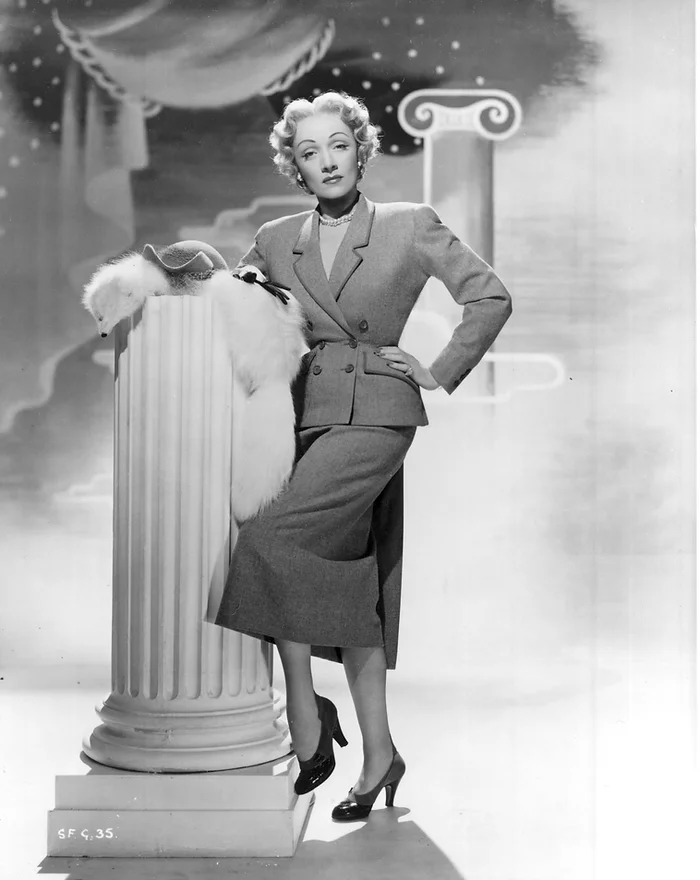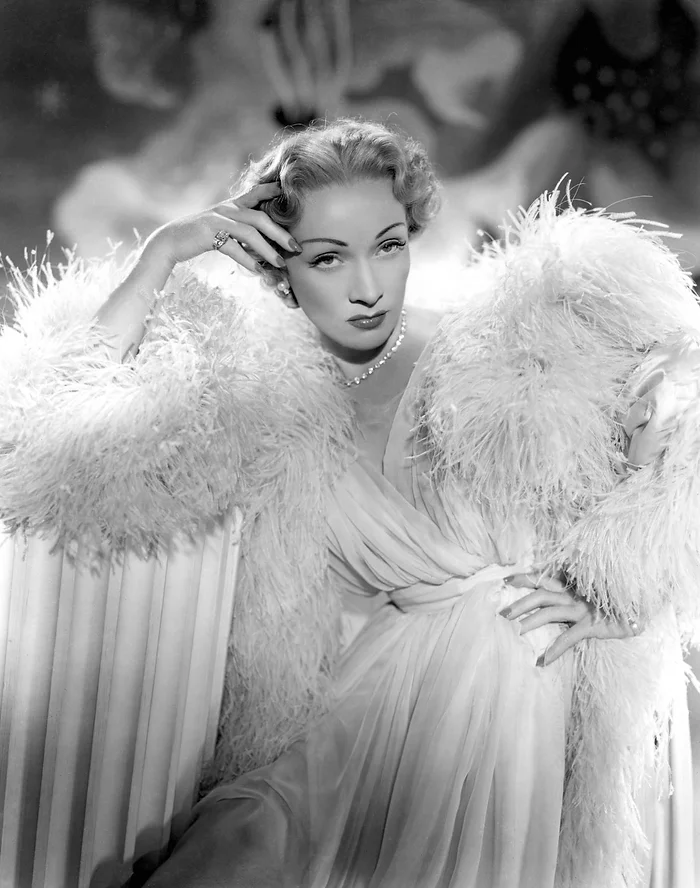The Influence and Rise of Fashion in Film: A Stylish Match Made in Hollywood
- thebelledossier
- Apr 30, 2024
- 3 min read

The Use of Fashion in Film
Firstly, why is fashion important in film? Whether it be high fashion or not, the look of a character can tell a story within itself. The way they live, their personality, the way they portray themselves etc. It gives the character an identity, and that is something that audiences also find themselves connecting with. The fashion of a character can range from specific items created by the costume department, to special pieces plucked straight from the runway.
Not only do these pieces resonate with the characters, but also with how we look and consume fashion and trends as an audience. Fashion holds culture, and this is translated on the silver screen. We're inspired by the outfits, the jewellery and accessories - fashion houses, as well as fast fashion brands emulate what is seen and loved on screen, and produce almost the same for us, the consumers.
Not only do certain pieces revive an era of clothing and style, but also restores vintage wear. Clothes tell a story - they show a time in history, sociocultural standards. The complete flip of this, are other designers also taking inspiration from the past, and turn them into our future trends and wants.
Fashion Houses in Film
Christian Dior in "Stage Fright"
When movie star Marlene Dietrich was negotiating her participation in the film, her famous words to director, Alfred Hitchcock, were "No Dior, no Dietrich." All costumes in the film worn by Dietrich were created by Christian Dior, each garment exuding femininity, luxury, sophistication and elegance.
Givenchy in "Breakfast at Tiffany's"
Audrey Hepburn in Breakfast at Tiffany's was dressed in beautiful beige trench coats, kitten heels, wide-brimmed hats, and of course, Givenchy gowns. Hubert de Givenchy designed Audrey's Hepburn's iconic satin black dress, also named as the "little black dress."

The concept of the LBD (little black dress) was inspired by Coco Chanel in the 1920s. Hubert de Givenchy designed this dress with sophistication at the forefront. To this day, this dress can be labelled as timeless and elegant, such as the woman who wore it. Former Givenchy director, Riccardo Tisci, described the dress as the epitome of 1960s style.

The Influences and Use of Fashion Houses in Film
Designers and houses are constantly name dropped in films, however their impact is what makes them stick.
Cruella (2021) featured 47 costume changes. Taking inspiration from Dior, Alexander McQueen and Vivienne Westwood, the costume designer, Jenny Beavan, hit the nail on the head every time, effortlessly exhibiting the punk style.

Another iconic collaboration of film and fashion was in Ocean's 8 (2018). The costume designer for the film, Sarah Edwards, told Vogue US she had "a lot of help from the fashion world." Prominent designers were interested in being involved with the film.
For the infamous Met Gala scenes, the cast were all dressed in head to toe luxury. Having access to authentic designer gowns, the cast were dressed in Givenchy, Zac Posen, Valentino, Alberta Ferretti, Dolce & Gabbana and more. Each garment spoke to the actresses characters and fit the fashion profile perfectly!

Fashion connections within the movie industry are not just a simple thing to come by. In fact, in Clueless (1995) it was hard work to get designers on board. The budget wasn't huge, and gifted items were a godsend to the costume team. After many phone calls, Cher's red Alaïa dress was secured! Mona May, costume designer for the film, says "Alaïa was very generous with the pieces" noting that he was "such a collaborative designer."

Fashion Films
Fashion films are both loved by film fanatics, and fashion lovers, all at the same time. Honourable mentions include The Devil Wears Prada, Coco Before Chanel, House of Gucci and even Confessions of a Shopaholic. These fashion films have changed the way fashion is portrayed - it's beauty and art combined. A personal way to express oneself, with so much history and culture behind it.
*
Not only is fashion such a prominent factor in film, but also TV. Shows such as Gossip Girl (and its recent reboot) place the fashion industry at the forefront of its show. Coupled with drama and scandal, it's the eye catcher for shows like these. Both the original and recent rendition of Dynasty also play into the the same point. Sex and the City remains a classic in both the fashion and TV world, and more recently, Emily in Paris takes items directly from the runway, straight into Parisian dream.
The impact of fashion on screen is longstanding, and will continue to be. Costume and garments tell a story, and are vital to the developments of characters.
- H x





Comments